The Sustainability Benefits of Shopping Vintage
By Caitlin Fitch of Caitlin Fitch Designs
Gone are the days of placing stigmas around purchasing second hand. Incorporating vintage furniture into your designs not only honors the handmade craftsmanship of these durable and character enriching pieces, but decreases our carbon footprint.
The Hidden Cost of Fast Furniture
Falling folly to every trend and fad, proliferated by the big box, fast furniture industry is a costly misstep. While the latest trends may be enticing, they often come at the price of the environment. The furniture industry is one of the top contributors to carbon emissions and landfills. Furthermore, in our age of social media, these newly made pieces quickly become oversaturated by the copycat Pinterest effect, limiting our ability to be authentically unique. But there has been a shift away from the replication seen across social media – rather the celebration of finding repurposed furniture to introduce one-of-a-kind styles into our spaces is having a resurgence across mainstream.

Craftsmanship That Stands the Test of Time
Aside from vintage instantly adding intrigue and character to your spaces, this furniture from a previous era is synonymous with high-quality craftsmanship and exquisite attention to detail. This level of detail has all but been eliminated by the fast furniture industry. So, the theory goes like this: when you invest in repurposed, beautifully crafted vintage furniture, you avoid having to buy several cheaply made pieces over time. This theory supports the notion of conscious consumption, and the bonus is having furniture in your home that is extremely durable and truly built to last and the elimination of frivolous spending.

Vintage as a Path to Conscious Consumption
The sustainability behind purchasing vintage is impactful – it reduces the need for newly manufactured pieces which lessens the environmental strain associated with the mass production behind those new pieces. The production inherent to the fast furniture business involves an exorbitant amount of resource depletion, emissions, and overall energy consumption. By electing to introduce vintage and antique pieces into our homes we significantly lower our carbon footprints while creating diverse interiors that are ethical and intriguing.

Finding Your Unique Style, Sustainably
With the growing appeal of searching for the perfect piece of furniture that becomes uniquely part of our own stories, purchasing vintage and antique has become a lot more accessible with the introduction of sites like One Kings Lane and Chairish, just to name a couple. As we embark on this new era of celebrating quality and revitalizing what was once old, we invite authenticity back into our homes to create spaces that are uniquely our own while honoring our precious Mother nature.

*All photographs credit: Caitlin Fitch



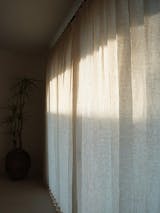


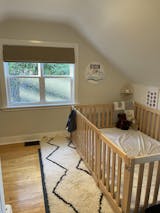


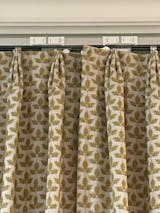
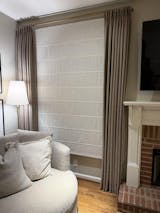




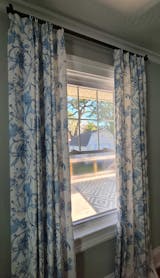
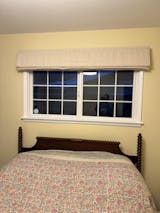

Leave a comment